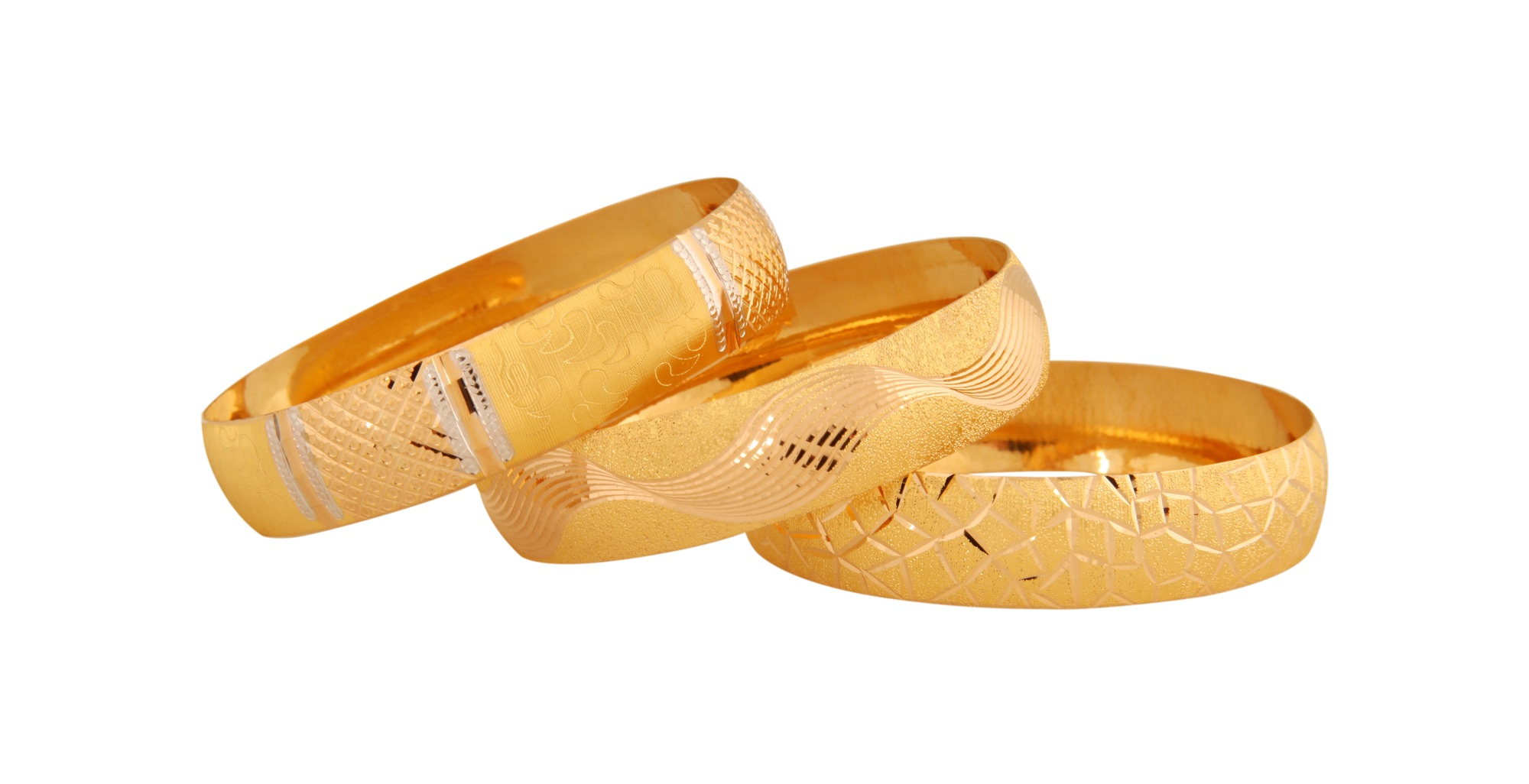Key Takeaways

- Understand the Market: Researching current trends and identifying your target audience are crucial for shaping your bracelet business strategy. Focus on customizable, handmade options to meet market demand.
- Select Quality Materials: Choose materials that resonate with your audience, such as beaded, metal, leather, or charm bracelets. Invest in essential tools like pliers and cutters for efficient crafting.
- Prioritize Unique Designs: Originality sets your brand apart. Seek inspiration from various sources and incorporate personal touches in your designs to attract dedicated customers.
- Establish a Solid Business Foundation: Define your niche, choose a suitable business structure, and complete necessary registrations to ensure compliance and credibility in the market.
- Implement Effective Marketing Strategies: Utilize social media, e-commerce platforms, and email marketing for online promotion. Combine with offline tactics like craft fairs and local partnerships for broader reach.
- Engage with Your Community: Build relationships with potential customers through workshops, collaborations, and by encouraging reviews to enhance trust and brand recognition.
Starting a bracelet business can be an exciting journey that combines creativity with entrepreneurship. If you’ve got a passion for design and a flair for crafting, turning your hobby into a profitable venture could be the perfect fit for you. The world of handmade jewelry is thriving, and there’s a growing market for unique, personalized pieces that tell a story.
To launch your bracelet business successfully, you’ll need to navigate the essential steps, from choosing your niche to marketing your creations. With the right strategies, you can transform your artistic vision into a brand that resonates with customers. Whether you’re looking to sell online or at local markets, this guide will help you take the first steps toward making your bracelet business a reality.
Understanding the Bracelet Market

Understanding the bracelet market is crucial for your small business. Awareness of current trends and your target audience helps shape a successful startup.
Market Trends
Examine the latest trends in the bracelet market. Currently, handmade and customizable bracelets attract significant attention. The rise of e-commerce platforms allows you to reach wider audiences. Trendy materials include eco-friendly options, gemstones, and personalized engravings. Incorporating these elements can enhance your product appeal. Researching platforms like Etsy and Instagram reveals successful business models and popular styles.
Target Audience
Identifying your target audience defines your marketing efforts. Potential customers include teenagers, young adults, and gift shoppers. Consider segments interested in fashion, personalized gifts, or sustainable products. Polling friends, using social media insights, and analyzing demographics help refine your audience. Knowing their preferences guides product design and marketing strategies specific to your small business.
Materials and Tools Needed

Starting a bracelet business requires careful consideration of materials and tools. These elements determine the quality and appeal of your products, essential for attracting customers and succeeding in a competitive market.
Types of Bracelets
Choose materials that align with your target audience and brand vision. Common bracelet types include:
- Beaded Bracelets: Versatile and colorful, these appeal to a bohemian audience. Use various beads like gemstones, wood, or glass for unique designs.
- Metal Bracelets: Trendy and sleek, metal bracelets attract minimalists. Options include stainless steel, silver, or gold for a sophisticated look.
- Leather Bracelets: Durable and stylish, leather bracelets appeal to a rugged demographic. Consider using genuine or faux leather for different aesthetics.
- Charm Bracelets: Personalizable with various charms, these resonate with gift shoppers. Allow customers to select charms that reflect their interests.
Essential Tools
Equip yourself with fundamental tools to streamline your bracelet-making process. Key tools include:
- Pliers: Flat nose pliers, round nose pliers, and chain nose pliers help with holding, bending, and shaping wire and metal components, ensuring precise crafting.
- Cutters: Use flush cutters for clean, precise cuts. These are crucial for trimming chain, wire, headpins, and eyepins, maintaining professional quality.
By selecting the right materials and tools, you enhance your creation process, contributing to the success of your small business.
Creating Unique Designs

Focusing on unique designs sets your bracelet business apart in a competitive market. By prioritizing originality, you appeal to customers seeking exclusive pieces.
Design Inspiration
Gather inspiration from various sources to fuel your creativity. Explore nature for color palettes, examine fashion trends for styles, or look into cultural elements for thematic designs. Online platforms like Pinterest or Instagram can help you discover emerging trends that resonate with your target market. Attend local craft fairs or galleries to observe popular techniques or materials among other small businesses. Regularly engaging with other artists can also spark innovative ideas.
Tips for Originality
Ensure originality by incorporating personal touches in your designs. Use signature colors, specific bead combinations, or unique closure mechanisms that define your brand. Experiment with unconventional materials, blending traditional elements with current trends. Test various techniques like macramé or wire wrapping, which can make your bracelets stand out. Seek feedback from potential customers during the design process to maintain relevance and gauge interest. By focusing on consistent originality, you promote your small business effectively and attract dedicated clientele.
Setting Up Your Business

Establishing a successful bracelet business involves key steps that set the foundation for your startup. Focus on your unique offerings while ensuring compliance with legal requirements.
Define Your Niche
Identify the type of bracelets you want to sell. Consider the materials like beaded, leather, or metal, the style such as bohemian or minimalist, and your target market, which could include adults, teens, or children. This specific focus helps differentiate your small business in a competitive market.
Choose Your Business Structure
Decide on the legal structure for your small business. Options include sole proprietorship, partnership, LLC, or corporation. This choice impacts your tax obligations, compliance, and legal requirements. Consulting with a lawyer or accountant aids in making an informed decision, ensuring your startup meets all necessary regulations.
Register Your Business
Register your business name and obtain the required licenses and permits for legal operation. This process may include securing a business registration, a sales tax permit, and an Employer Identification Number (EIN) if you plan to hire employees. Proper registration is vital for establishing credibility and protecting your small business.
Marketing Your Bracelet Business

Marketing plays a crucial role in promoting your bracelet business and reaching potential customers. Both online and offline strategies can help engage your target audience and drive sales.
Online Marketing Strategies
- Utilize social media platforms like Instagram and Facebook to showcase your bracelet designs. Post high-quality images, engage with followers, and use relevant hashtags to enhance visibility.
- Implement an e-commerce website to sell your bracelets directly. Platforms like Shopify or Etsy can streamline the process for small businesses and attract buyers looking for unique items.
- Leverage email marketing to connect with interested customers. Send newsletters featuring new designs, promotions, and exclusive content to build relationships.
- Create engaging content, such as blog posts or videos, that highlight your bracelet-making process. Share tutorials or stories that resonate with your audience and drive traffic to your site.
- Encourage customer reviews and testimonials on your website and social media. Positive feedback builds trust and influences potential buyers.
Offline Marketing Ideas
- Attend local craft fairs and markets to showcase your bracelets. Setting up a booth allows you to interact with customers directly and receive immediate feedback.
- Develop partnerships with local boutiques or shops that align with your brand. Consigning your bracelets in these stores expands your reach without the overhead of a storefront.
- Host workshops to teach bracelet-making skills. These events attract craft enthusiasts, promote your brand, and encourage sales of your products.
- Distribute business cards and flyers in your community to increase awareness. Consider leaving materials at local coffee shops or community centers.
- Collaborate with local influencers or bloggers to promote your bracelets. This strategy can provide valuable exposure to new audiences and enhance your credibility.
By effectively leveraging online and offline marketing strategies, you position your small business for growth and establish recognition in the competitive bracelet market.
Conclusion

Starting a bracelet business is an exciting opportunity to blend your creativity with entrepreneurship. By focusing on unique designs and understanding your target market, you can carve out a niche that resonates with customers.
Embrace the journey of crafting high-quality bracelets and establishing your brand. Utilize effective marketing strategies to showcase your creations and connect with potential buyers.
With passion and dedication, you can turn your bracelet-making hobby into a thriving business that stands out in a competitive market. Now’s the time to take that first step and watch your artistic vision come to life.
Frequently Asked Questions
What is the first step in starting a bracelet business?
Starting a bracelet business begins with defining your niche. Focus on the type of bracelets you want to create, the materials you’ll use, and the target market you’re aiming to reach. This foundational step helps shape your brand and product line.
How can I identify my target audience for my bracelet business?
To identify your target audience, consider demographics such as age, interests, and spending habits. Utilize social media insights and demographic analysis to understand who is likely to buy your bracelets. This information helps tailor your marketing strategies effectively.
What materials should I consider for making bracelets?
When making bracelets, consider using trendy materials like eco-friendly options, gemstones, beads, leather, and metals. Each type of bracelet attracts different audiences, so choose materials that align with your brand and appeal to your target customers.
What tools do I need to start making bracelets?
Essential tools for bracelet making include pliers, wire cutters, measuring tape, and bead boards. Investing in quality tools ensures precision in your crafting, which directly contributes to the professionalism and appeal of your products.
How can I ensure my bracelet designs are unique?
To create unique bracelet designs, gather inspiration from various sources, such as nature and current fashion trends. Integrate personal elements, experiment with unconventional materials, and seek feedback from potential customers to stay original and noteworthy.
What are effective marketing strategies for a bracelet business?
Effective marketing strategies include leveraging social media platforms like Instagram and Facebook to showcase your designs. Additionally, consider creating an e-commerce website, attending local craft fairs, and collaborating with influencers to increase visibility and attract customers.
Do I need a business structure for my bracelet business?
Yes, choosing a suitable business structure, like a sole proprietorship or LLC, is essential for your bracelet business. This decision affects tax obligations, legal compliance, and your personal liability. It’s important to research the options and select what best suits your needs.
What legal requirements should I consider when starting a bracelet business?
When starting a bracelet business, ensure you register your business name, obtain necessary licenses and permits, and comply with state regulations. Meeting these legal requirements establishes credibility and allows you to operate your business legitimately.
Image Via Envato: simonapilolla, bernardbodo, stockfilmstudio, Anna_Om, Pressmaster, safakc1, DragonImages



